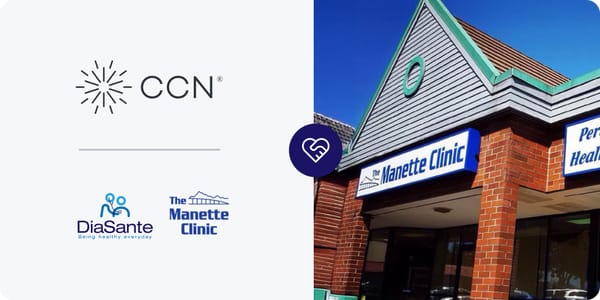EHR Integrated RPM
In this post our goal is to provide a brief overview of Remote Patient Monitoring (RPM). Let’s explore the recent technology changes that have made it easier than ever to run a successful RPM program, while touching on why an integration with an EHR such as Charm Health is a key component to implementing and scaling your RPM services.
What is Remote Patient Monitoring
At its core Remote Patient Monitoring is the use of digital technologies to monitor and capture medical and other health data from patients and electronically transmit this information to healthcare providers for assessment.
What has changed in recent years that has lead to the massive adoption of RPM by providers?
Reimbursement
In 2019 CMS introduced 4 new CPT codes 99453, 99454, 99457, 99458 reimbursing providers upwards of $160/patient/month for remotely monitoring their patients’ health.
Smart Medical Devices
Smart medical devices with 4G connectivity and e-sim cards now have the capability to wirelessly transmit vitals over all major cellular carriers. This means patients do not need a mobile phone or to struggle with pairing bluetooth – They don’t even need home internet! Simply take a reading and it is instantly transmitted in real-time over the strongest cellular network in-range.
Data Interoperability via APIs
EHRs have made a big push to improve interoperability by publishing Application Programming Interfaces (APIs) to enable software platforms to read and/or write data directly into the system in real-time without any manual work by users.
Why integrations with EHRs such as Charm Health are key to a successful, long-term RPM program.
Electronic Health Records (EHRs) such as Charm Health are a key piece to managing patient health. The core function of the EHR rests on collecting clinical data regarding patients’ diagnosis, allergies, lab test results, and medications. Beyond these functions a major responsibility of an EHR is to act as the Single Source of Truth for patient information – or as we call it in the technology world SSOT.
SSOT: the practice of aggregating the data from many systems within an organization to a single location.
An amazing side-effect of acting as an SSOT is that the system is able to stick to its core competencies, while leveraging the strengths of partner platforms who are laser-focused on specific programs and goals. Sprinkle on the ability for the two platforms to seamlessly communicate without any extra legwork from the end user and you end up with the classic 1+1 = 3 scenario.
RPM as a Medicare reimbursable service has some very specific key requirements. The two core requirements are:
- 20 minutes of data interaction by clinical staff.
- 16 days of vitals readings wirelessly transmitted in a given month.
As powerful as EHRs are today they aren’t built to specifically handle recording, documentning, and displaying this information. Think auto-timers, automated billing reports, fine-grained alerting on specific threshold breaches, or robust workforce management workflows for truly scaling up an RPM program. With a robust API integration, the day-to-day work can be carried out and tracked by team members in an RPM platform such as CCN, while the results of this work are seamlessly pushed and made available in the EHR.
What does an EHR integration really look like?
At CCN Health we talk with partners every week that have perhaps heard the term integration. More often than not they have had technology vendors mention it to them (typically with some sort of hand-wavy gesture).
We will go into the ins and outs of an EHR integration in a subsequent post, but for now I think it’s easier to show rather than tell. Check out a demo of our Charm Health EHR integration below and if you’re interested in learning more feel free to book a demo,

